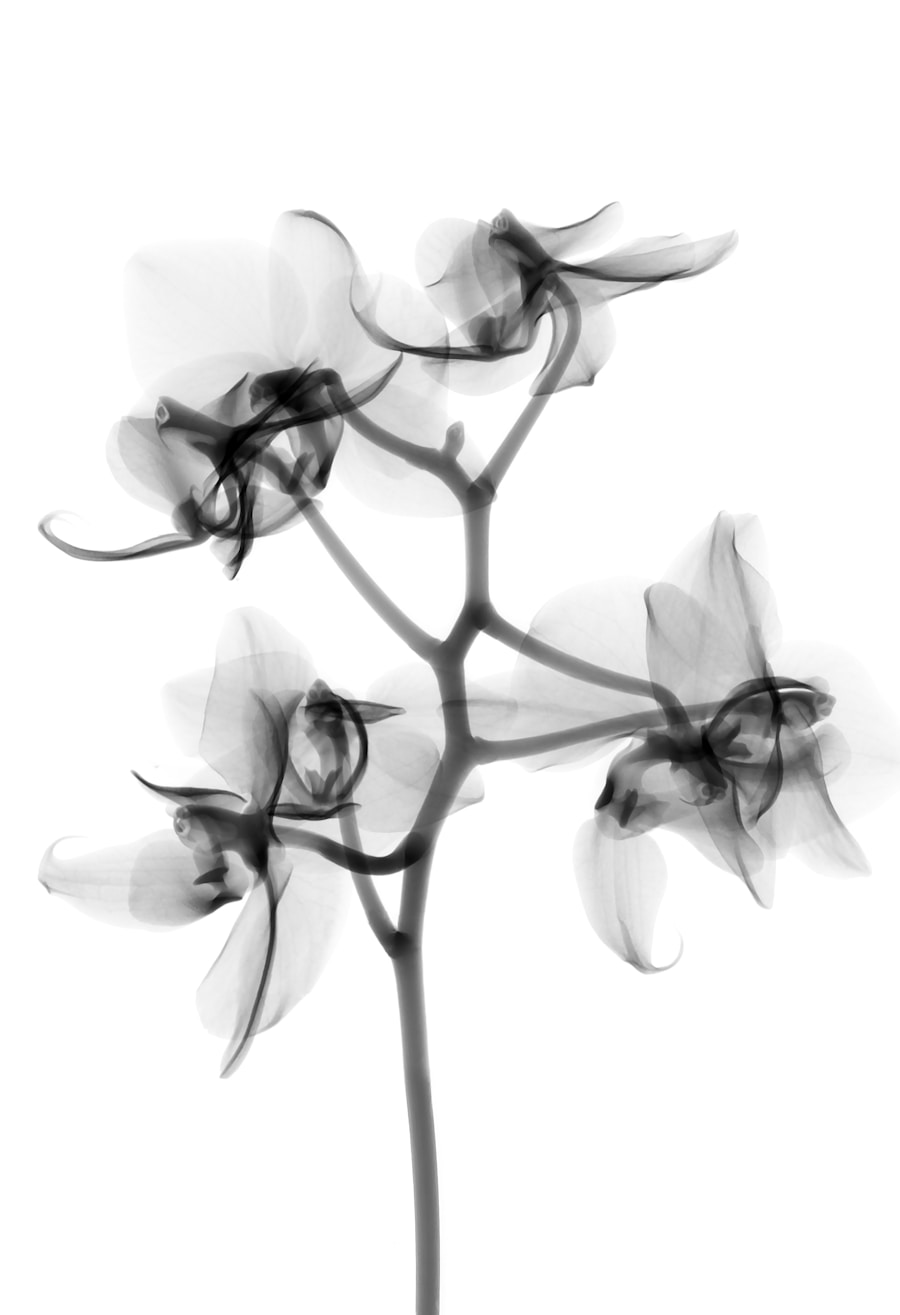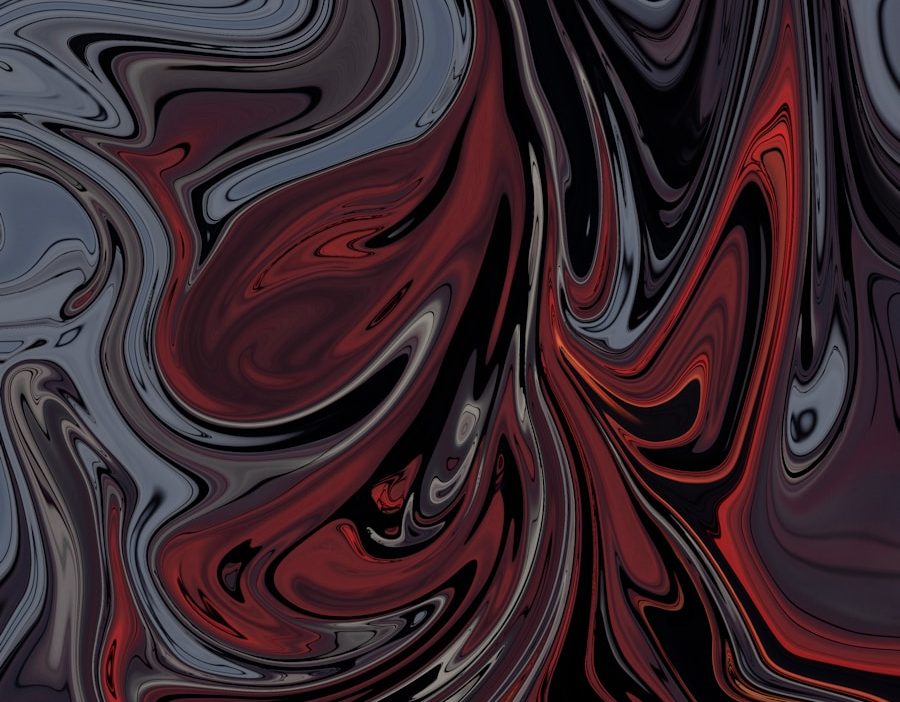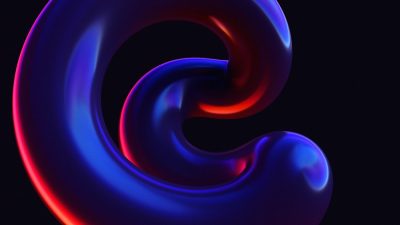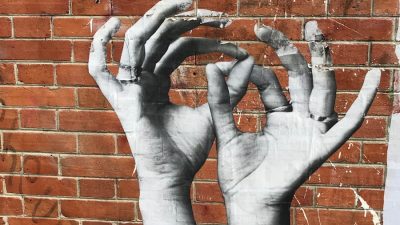As I delve into the world of generative art, I find myself captivated by the unique fusion of artificial intelligence and human creativity. This intersection has given rise to a new artistic movement that challenges traditional notions of authorship and creativity. Generative art, which utilizes algorithms and computational processes to create visual works, has gained significant traction in recent years.
The allure lies in its ability to produce intricate designs and patterns that often surpass what a human artist could conceive alone. I am fascinated by how this technology not only enhances artistic expression but also redefines the very essence of what it means to be an artist. The rise of generative art can be attributed to advancements in machine learning and AI technologies.
As I explore this phenomenon, I realize that artists are no longer confined to traditional mediums; instead, they are embracing digital tools that allow for unprecedented experimentation. The democratization of art through accessible software and platforms has empowered a new generation of creators. I see this as a pivotal moment in art history, where the boundaries between artist and machine blur, leading to innovative collaborations that challenge our perceptions of creativity itself.
Key Takeaways
- Generative art is a result of the intersection of AI and creativity, showcasing the potential of technology to create unique and innovative artwork.
- AI algorithms create generative images through a process of learning and iteration, allowing for the creation of complex and diverse art forms.
- Human input plays a crucial role in shaping generative art, as artists and technologists collaborate to push the boundaries of creativity and innovation.
- Generative images have a significant impact on traditional art forms, leading to a new era of collaboration between AI and human artists.
- Ethical considerations such as ownership and authenticity are important in the realm of AI creativity, requiring careful navigation and consideration.
The Mechanics of Generative Images: How AI Algorithms Create Art
Understanding the mechanics behind generative images is essential for appreciating the artistry involved. At its core, generative art relies on algorithms—sets of rules or instructions that guide the creation process. As I dive deeper into this subject, I discover that these algorithms can be simple or complex, often incorporating randomness to produce unique outcomes.
For instance, I find it intriguing how artists can input specific parameters into a program, allowing the AI to generate countless variations based on those initial guidelines.
Moreover, the use of neural networks has revolutionized the way generative images are created.
These networks mimic the human brain’s structure, enabling machines to learn from vast datasets and generate art that reflects various styles and influences. I am particularly struck by how these systems can analyze existing artworks, extracting patterns and characteristics that inform their creations. This process not only showcases the capabilities of AI but also highlights the collaborative potential between human artists and technology.
As I reflect on this, I realize that generative art is not merely about the final product; it is also about the journey of creation, where both artist and algorithm contribute to the outcome.
Exploring the Boundaries of AI Creativity: The Role of Human Input in Generative Art

While AI plays a significant role in generating art, I cannot overlook the importance of human input in this creative process. As I explore this aspect further, I recognize that artists are not simply passive observers; they are active participants who shape the direction of their work. The choices they make—whether in selecting algorithms, defining parameters, or curating outputs—are crucial in determining the final piece.
This collaborative relationship between human and machine raises intriguing questions about authorship and creativity. I find it fascinating how artists often use generative tools as a means of exploration rather than as definitive solutions. By engaging with AI, they can push their creative boundaries and discover new possibilities that may not have emerged through traditional methods.
This interplay allows for a richer artistic experience, where the artist’s vision is enhanced by the capabilities of technology. As I reflect on my own creative journey, I see parallels in my work where technology serves as a catalyst for inspiration rather than a replacement for human ingenuity.
The Impact of Generative Images on Traditional Art Forms: A New Era of Collaboration
| Traditional Art Form | Impact of Generative Images |
|---|---|
| Painting | Increased use of generative images as references for creating new artworks |
| Sculpture | Exploration of incorporating generative images into 3D modeling and printing processes |
| Photography | Integration of generative images into digital manipulation and editing techniques |
| Printmaking | Experimentation with generative images as a source for creating unique prints |
| Textile Art | Utilization of generative images for designing patterns and textures in fabric art |
The emergence of generative art has undoubtedly impacted traditional art forms, ushering in a new era of collaboration between disciplines. As I observe this shift, I am struck by how artists from various backgrounds are beginning to embrace generative techniques alongside their conventional practices. This blending of styles not only enriches the artistic landscape but also fosters dialogue between different mediums.
For instance, painters may incorporate digital elements into their work, while sculptors experiment with 3D printing technologies informed by generative algorithms. This collaboration extends beyond individual artists; it encompasses entire communities and institutions as well. Galleries and museums are increasingly showcasing generative art alongside traditional works, inviting audiences to engage with this innovative medium.
As I attend exhibitions featuring generative pieces, I am reminded of the potential for cross-pollination between art forms. The dialogue between generative art and traditional practices encourages both artists and viewers to reconsider their definitions of creativity and artistic expression.
Ethical Considerations in AI Creativity: Navigating Ownership and Authenticity
As I navigate the world of generative art, I am confronted with complex ethical considerations surrounding ownership and authenticity. The question of who owns a piece created by an AI algorithm is a contentious issue that has sparked debates among artists, technologists, and legal experts alike. When an artwork is generated through a collaboration between human input and machine learning, determining authorship becomes increasingly challenging.
I find myself pondering whether the artist who programmed the algorithm holds more claim to the work than the machine itself. Additionally, issues of authenticity arise when considering the role of AI in creating art. As I reflect on my own experiences with generative tools, I recognize that while the outputs may be unique, they are ultimately influenced by pre-existing data and algorithms designed by humans.
This raises questions about originality and the value we place on art created through computational processes. As I engage with these ethical dilemmas, I am reminded of the importance of fostering open discussions within the artistic community to navigate these complexities thoughtfully.
The Future of Generative Art: Innovations and Trends in AI-Generated Images

Looking ahead, I am excited about the future of generative art and the innovations that lie on the horizon. As technology continues to evolve, so too will the possibilities for creating art through AI. I envision a future where artists harness even more advanced algorithms capable of producing increasingly sophisticated works that challenge our perceptions of beauty and creativity.
The integration of augmented reality (AR) and virtual reality (VR) into generative art practices holds immense potential for immersive experiences that engage audiences in new ways. Moreover, as generative art gains recognition within mainstream culture, I anticipate a growing interest from collectors and investors seeking to acquire unique pieces created by AI. This trend could lead to new markets for digital art and further blur the lines between traditional and contemporary practices.
As I reflect on these developments, I am filled with optimism about how generative art will continue to evolve and inspire future generations of artists.
The Intersection of Generative Art and Technology: Exploring the Potential for New Mediums
The intersection of generative art and technology opens up exciting possibilities for new mediums that challenge conventional artistic practices. As I explore this realm, I am particularly intrigued by how advancements in artificial intelligence can lead to innovative forms of expression that transcend traditional boundaries. For instance, interactive installations that respond to audience input or environmental factors can create dynamic experiences that engage viewers in real-time.
Furthermore, as technology becomes more integrated into our daily lives, I see opportunities for generative art to infiltrate various aspects of culture beyond galleries and museums. From fashion design to architecture, artists can leverage generative techniques to create unique products that reflect contemporary aesthetics while pushing creative boundaries. This convergence between art and technology not only enriches our cultural landscape but also encourages collaboration across disciplines.
Embracing Generative Art: How Artists and Technologists Can Collaborate to Push Boundaries
As I reflect on my journey through the world of generative art, I am inspired by the potential for collaboration between artists and technologists to push creative boundaries further than ever before.
Artists can benefit from technological expertise while technologists gain insights into artistic processes that inform their work.
I believe that fostering these collaborations will be essential for shaping the future of generative art. Workshops, hackathons, and collaborative projects can serve as platforms for artists and technologists to come together, share knowledge, and experiment with new ideas. As I envision this collaborative landscape, I am filled with hope for a future where creativity knows no bounds—where human ingenuity combined with technological advancements leads to groundbreaking works that inspire us all.
In conclusion, my exploration of generative art has revealed a rich tapestry woven from threads of creativity, technology, ethics, and collaboration. As I continue to engage with this evolving field, I am excited about the possibilities it holds for redefining artistic expression in our rapidly changing world.
Generative images have been a hot topic in the tech world, with startups utilizing this technology to create unique and engaging visuals. In a related article on trendingaitoday.com, startups in the sports tech industry are also using innovative solutions to shape the future of their field. Just as generative images are revolutionizing the way we create visuals, these startups are revolutionizing the way we experience sports through technology. It’s clear that AI is playing a significant role in shaping various industries and business models in the tech-driven startup world.



